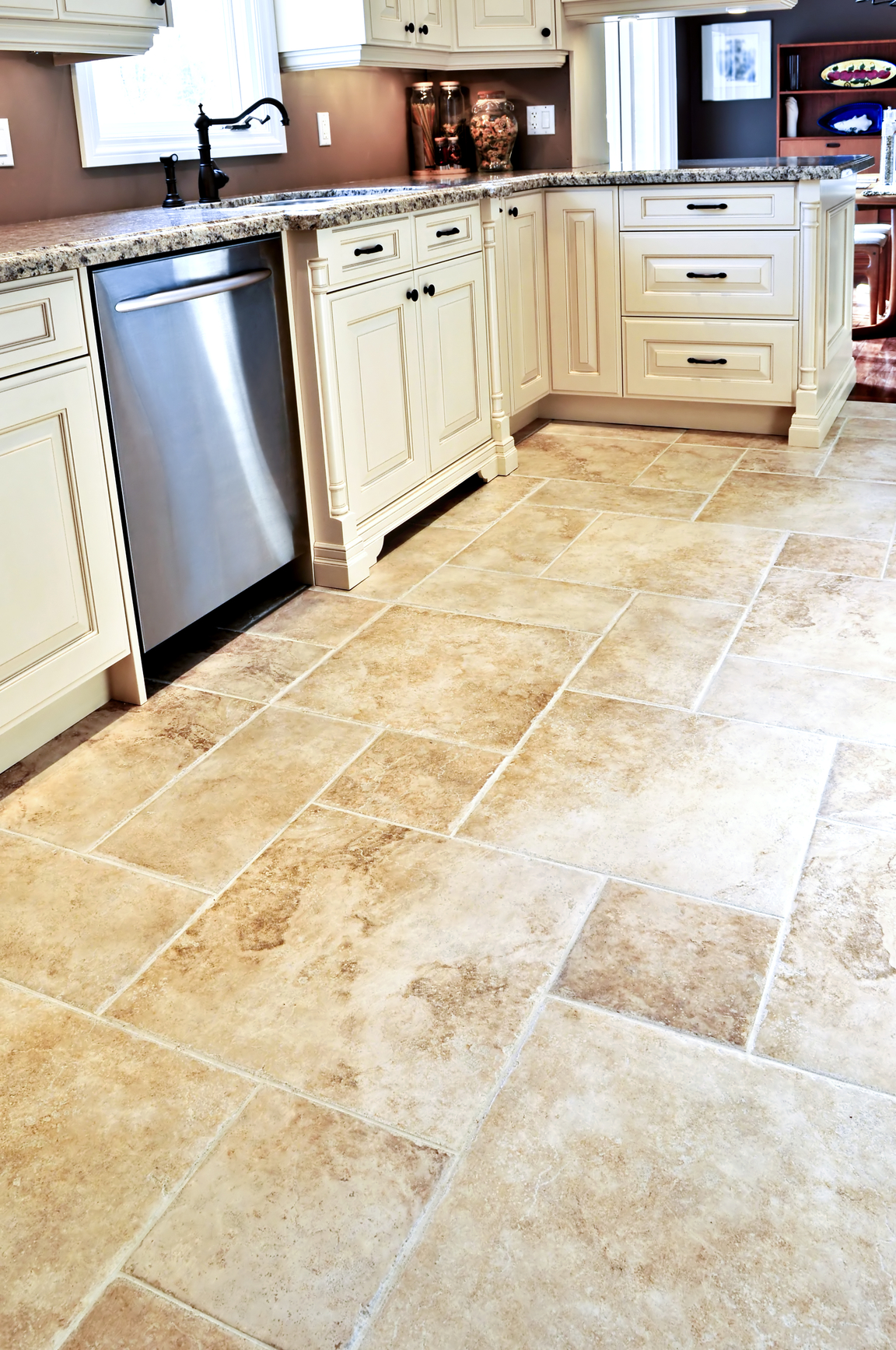When it comes to remodeling your kitchen, floor tile can be a great choice to create a stylish and durable finish. From ceramic tile to vinyl tile and natural stone tile, there are many options to choose from to make your kitchen floor look its best. In this article, we’ll look at the types of kitchen floor tile available, the benefits of each, and offer some best practices for installing and maintaining kitchen floor tile.
Types of Kitchen Floor Tile
When it comes to selecting kitchen floor tile, you have several options to choose from. Here are some of the most popular types:
- Ceramic Tile: Ceramic tiles are one of the most popular kitchen floor tile options. They are durable and come in a variety of colors, textures, and sizes. Ceramic tiles are also easy to maintain and can be used in a variety of designs.
- Porcelain Tile: Porcelain tiles are similar to ceramic tiles, but are denser and harder. They are also more stain-resistant and can be used in wet areas of the kitchen.
- Vinyl Tile: Vinyl tiles are a great option for kitchens that need to be waterproof or moisture-resistant. They are available in a variety of colors and designs and are easy to install.
- Natural Stone Tile: Natural stone tile, such as marble, granite, and slate, is a luxurious and durable option. Natural stone tile is often more expensive than other types of tile, but it is also very attractive and can last for many years.
Benefits of Kitchen Floor Tile
Kitchen floor tile has many advantages over other types of flooring, such as:
- Durability: Kitchen floor tile is extremely durable and can withstand high foot traffic, as well as spills and stains.
- Easy Maintenance: Kitchen floor tile is easy to clean and maintain. Regular sweeping and mopping are all that is needed to keep it looking its best.
- Variety: There are many types of kitchen floor tile available, so you can find the perfect look for your kitchen.
Best Practices for Installing and Maintaining Kitchen Floor Tile
To ensure that your kitchen floor tile is installed properly and lasts for many years, there are some best practices to keep in mind:
- Prepare the Subfloor: Before installing kitchen floor tile, make sure the subfloor is clean, level, and free of any debris.
- Choose the Right Grout: When selecting grout for kitchen floor tile, choose one that is designed for wet areas and will be able to withstand moisture.
- Seal the Tile: After the kitchen floor tile is installed, make sure to seal it with a sealant to protect it from water damage and staining.
- Clean Regularly: To keep your kitchen floor tile looking its best, make sure to sweep and mop regularly.
With the right type of kitchen floor tile and proper installation and maintenance, you can enjoy a beautiful and durable floor for many years to come.










:max_bytes(150000):strip_icc()/ArmstrongMoselleValleyForestGreen-590c83e63df78c92831038c9.jpg)




Related Posts








